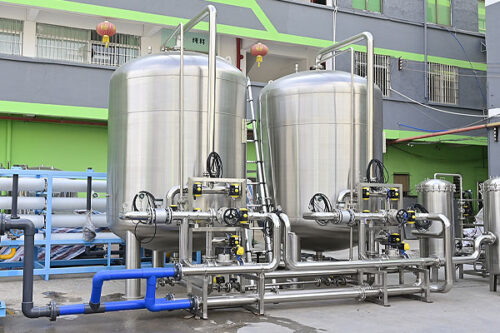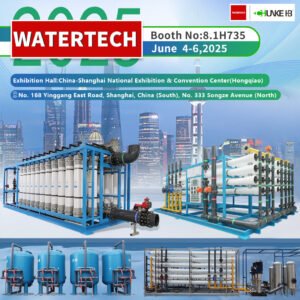You don’t have to be expert to produce DI Water with Deionized Water System.
But the surprising thing is that 99% of end-users still don’t know hot to operate and use effectively their deionized water system. So, they pay a lot of money for water treatment companies to check their system and operate.
In fact, Chunke Deionized Water Systems are very easy to use and operate. And you spend very less, and you gain high quality DI Water.
Let’s read our article and deeply understand how to gain high quality deionized water with game changer CHUNKE Deionized Water System.
Brief introduction for Deionized Water System
Water deionization is a water purification process that removes the two types of ions: positively charged “cations” and negatively charged “anions.
Cations include such minerals;
- Calcium (Ca2+)
- Magnesium (Mg2+)
- Iron (Fe2+)
- Potassium (K+)
- Sodium (Na+)
Anions include;
- Carbonate (CO3-)
- Chloride (Cl-)
- Bicarbonate (HCO3-)
- Nitrate (NO3-)
- Sulfate (SO4-)
Similar to water softener systems, deionized water systems use a process called ion exchange that involves small plastic resin beads that have positive or negative charges. When water is forced through the resin bed of a deionization system, usually in a column or tank, the mineral particles attach to the resin beads with the corresponding electrical charges until the ions are removed. Eventually the resin bed will accumulate too many ions to be effective.
How does deionized water system work?
Deionization systems work by replacing negative and positive molecules in the water with hydrogen (positive) and hydroxyl (negative) molecules. In effect, organic substances are removed through filtration which improves the quality of the water and prevents the formation of scale deposits forming. For this reason, deionized water is one of the most preferred options of use in factories and manufacturing facilities.
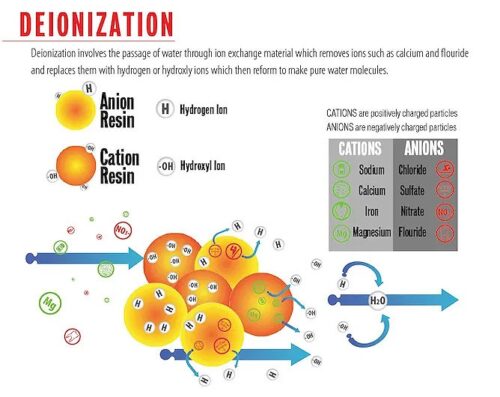
CHUNKE is a leading manufacturer of deionization solutions from China. Our deionized water systems are robust, pre-engineered, pre-assembled, standardized units that minimize expensive installation and start-up costs. We have designed our di water system to maximize the efficiency and repeatability of the unit during the service and regeneration modes.
Are DI Water Systems and Water Deionizer same process?
In market Water Deionization is called in different technical term in different countries. Meanwhile, reverse osmosis is also a kind of water deionization system, but as a water treatment professional, when we are talking about water deionization systems, we are talking about water deionization with ion exchange resin process. This process is going on in the deionization resin bed tank.
So, DI Water Systems (Deionization Water System) or Water Deionizers are same unit with ion-exchange resin.
What is ion exchange resin in Water Deionization System?
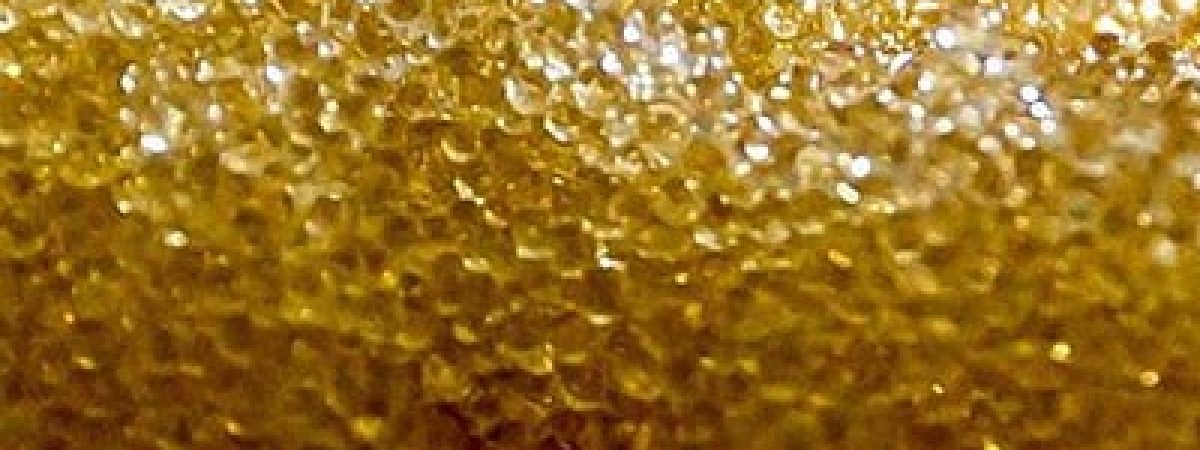
There are two basic types of resin-cation-exchange and anion-exchange resins. So, cation exchange resins will release Hydrogen (H+) ions or other positively charged ions in exchange for impurity cations present in the water. So, anion exchange resins will release hydroxyl (OH-) ions or other negatively charged ions in exchange for impurity anions present in the water.
What are types of water deionizers?
The two most common types of water deionization are:
- Two-bed deionization
- Mixed-bed deionization
Two Bed Water Deionization System
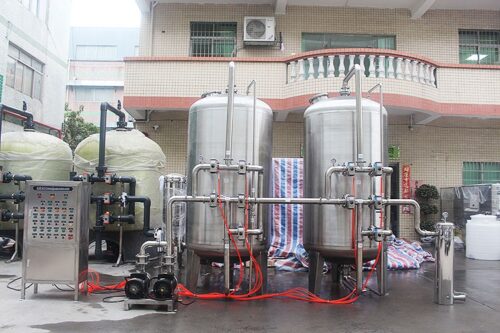
Two bed water deionizer is also called as dual tanks water deionizer. So, the unit is made up of dual tanks using two difference ion exchange resin products. Hence, the first tank in the series contains ¼ cubic feet of cation resin, and the second tank contains ¼ cubic feet of anion resin. When running these tanks in series you produce approximately 2 ½ times more water, and will reduce your operating cost by 50% compared to the single tank mixed bed deionizer.
Mix Bed Water Deionization System
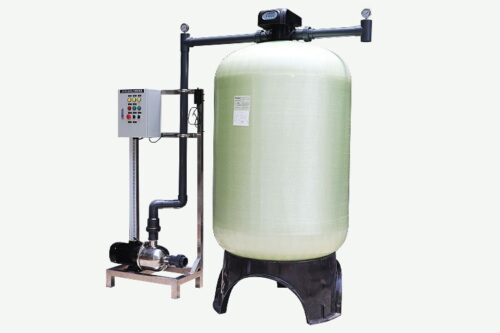
In mixed-bed deionizers the cation-exchange and anion-exchange resins are intimately mixed and contained in a single pressure vessel. In Chunke, we have FRP, Stainless Steel and Carbon Steel tanks options for you. The thorough mixture of cation-exchangers and anion-exchangers in a single column makes a mixed-bed deionizer equivalent to a lengthy series of two-bed plants. As a result, the water quality obtained from a mixed-bed deionizer is appreciably higher than that produced by a two-bed plant.
Although more efficient in purifying the incoming feedwater, mixed-bed plants are more sensitive to impurities in the water supply and involve a more complicated regeneration process. Mixed-bed deionizers are normally used to ‘polish’ the water to higher levels of purity after it has been initially treated by either a two-bed deionizer or a reverse osmosis unit.
What is deionized water used for?
Deionised water is commonly used in engine cooling systems as the low level of mineral content means there is minimal scale build up, thus prolonging the life of the system. It is also often used to top up lead-acid batteries.
Also, if you are in pharmaceutical or chemical industry and you want to get very low TDS water, for example, less than 1ppm, you should use water deionization systems.
Can you drink deionized water?
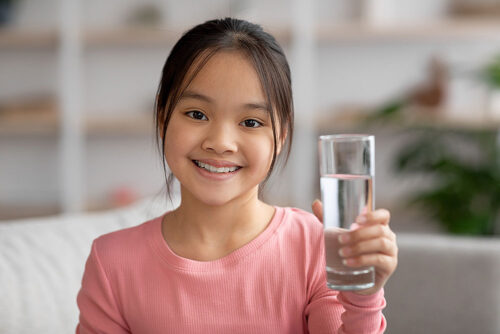
The short answer is yes, although there is more to the issue. There have been some studies – including from the World Health Organization – that indicate that drinking deionized water may cause people to urinate more and eliminate more electrolytes from the body.
Does boiling water make it deionized?
No, boiling process just remove some of water as vapor from your source water. When you boiled water, you lost some quantity of your water but solid contents are still in boiled water. As a result, boiling process can increase the TDS.
Distilled water is water that has been boiled to become steam and then cooled to become water again. It’s then free of minerals and salts. Distillation process can help you to get deionized water.
Can bacteria grow in distilled water?
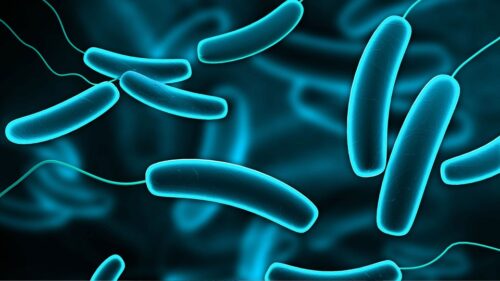
If you are thinking to keep your deionized water in long term, you have to store it in firmly closed tank or bottle. You have to be sure that there is no any air goes to inside.
Reverse Osmosis System or remove all bacteria and viruses. Normaly, water deionizers are used after RO process. Although, you do not use reverse osmosis and you want to be sure your DI Water does not contaminant with any bacteria or viruses, before bottling or storing in a tank, we suggest you to use UV Sterilizer.
Because, if there is any contamination with outside, bacteria can grow in DI Water.
Is tap water deionized?
No, tap water TDS (Total Dissolved Solids) contents are about 300mg/L. It means that if you get 1.000 Liters tap water, there is 0.3mg minerals inside. This amount is nearly “0” at DI Water (Deionized Water).
Will DI water corrode copper?
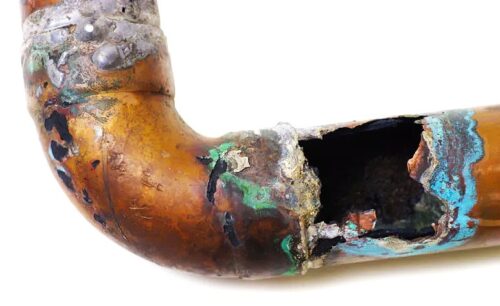
DI water is corrosive and will slowly corrode the copper piping in your system unless you also control the pH and add a corrosion inhibitor. On the plus side, distilled or DI water will not scale up the heat exchange surface.
Deionized Water System Applications
Manufacturing plants utilize deionized water systems for its significant effectiveness in generating ultra pure water through the removal of unwanted impurities.
- Cooling and anointing machines
- Manufacturing pharmaceuticals, cosmetics, and processed foods
- Used in car washes for the final rinse
- Laboratory testing
- Power plants
- Boiler feed
Is EDI Electrodionization also water deionizer?
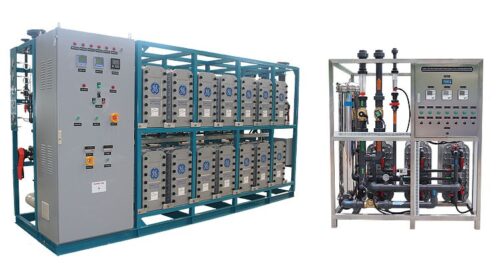
Yes. EDI is also another method for water deionization, you can get more info about EDI Water Purification from the this link.

